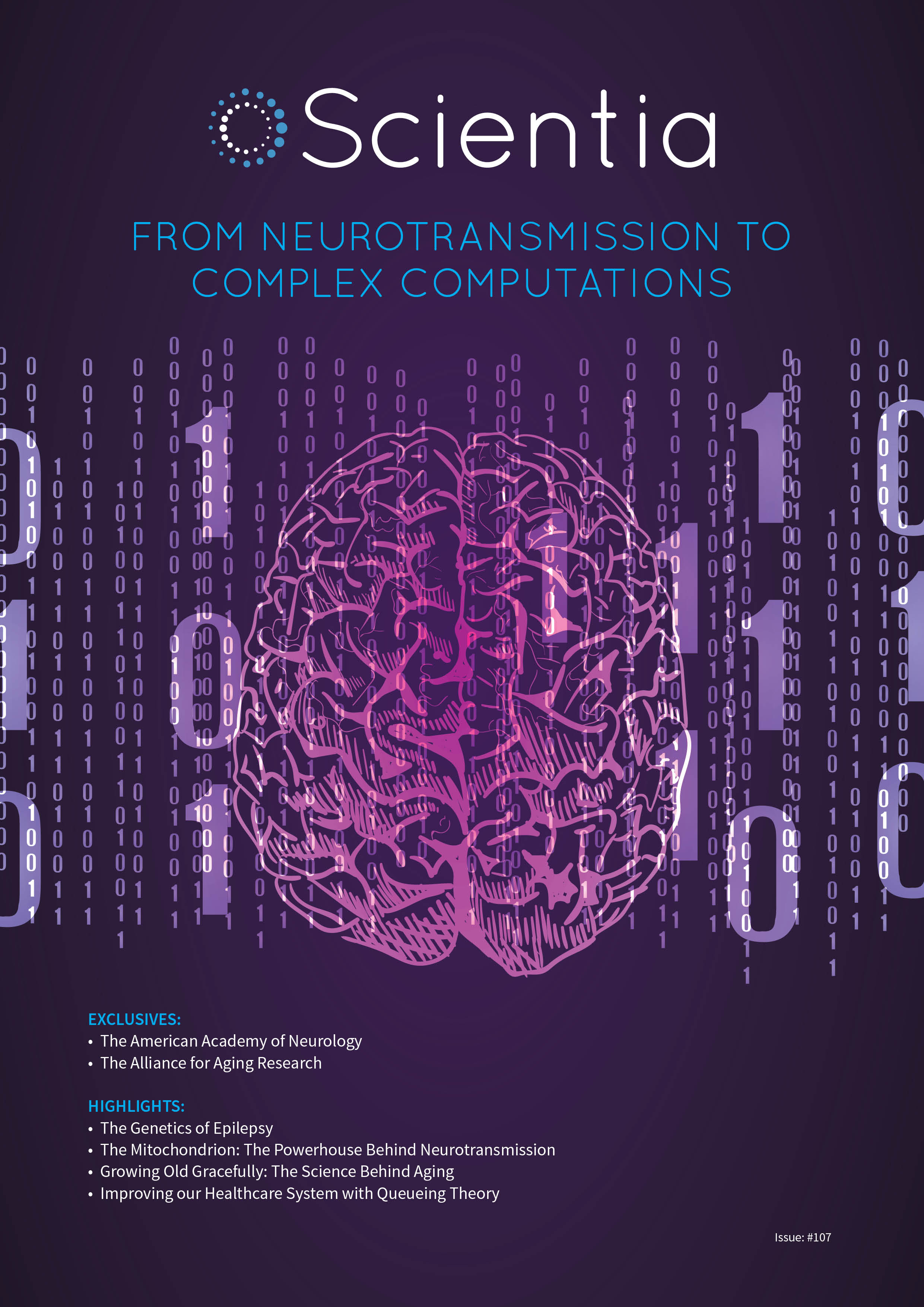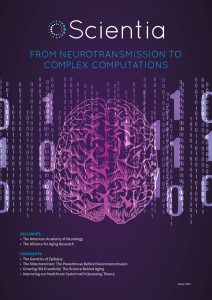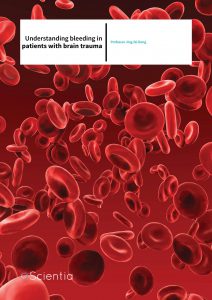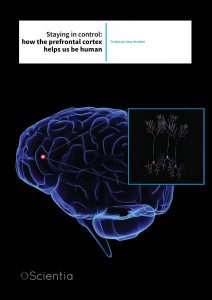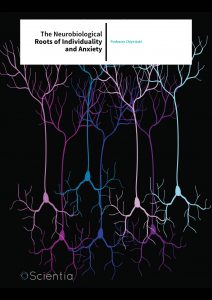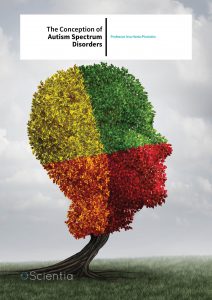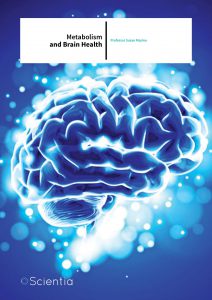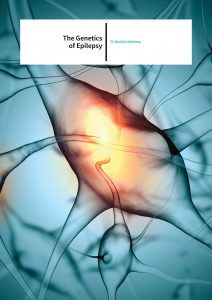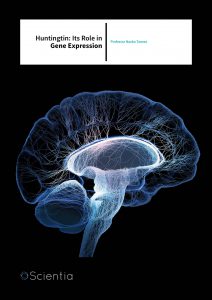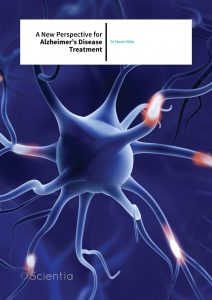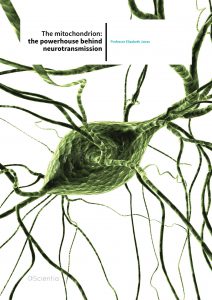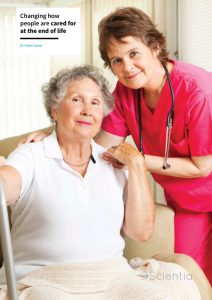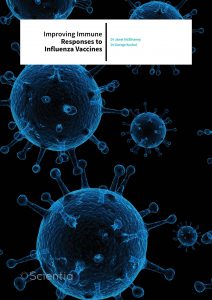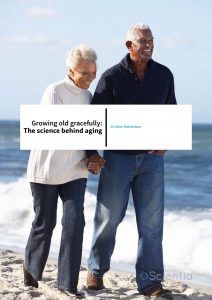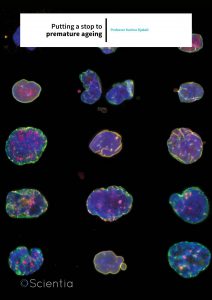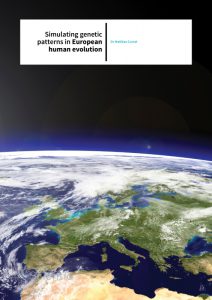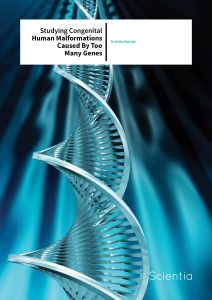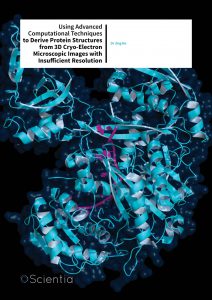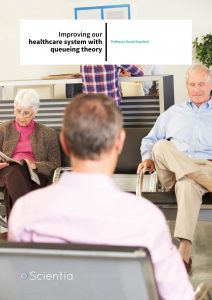Scientia Issue #107
FROM NEUROTRANSMISSION TO COMPLEX COMPUTATIONS
This edition of Scientia celebrates the diversity of scientific endeavour by showcasing research across three different themes. Each project has a healthcare or biological focus, but this edition is notable for its inclusion of a wide variety of research disciplines from neuroscience through aging to computational biology. We hope this variety will make for an interesting and enlightening read, regardless of your chosen profession.
To kick things off we feature some recent breakthroughs in neuroscience research. To introduce the section, we talk to the American Academy of Neurology about their activities in promoting neuroscience and neurology in the US and further afield. We then showcase no less than nine exciting projects, ranging from helping patients with brain trauma to hunting for new drug targets to treat Alzheimer’s disease. Here, we detail the work of Dr David Greenberg and his team at the Research Institute at Nationwide Children’s Hospital, who study the genetic determinants of inherited epilepsy. We also introduce Professor Elizabeth Jonas and her team at Yale university, who investigate the mitochondrion’s role in neurotransmission.
The next section deals with improving the universal experience of aging. With increasing life spans and an aging population, this research is more important than ever before. Here, we have had the pleasure of speaking with Susan Peschin, the president of the Alliance for Aging Research – a non-profit organisation dedicated to accelerating scientific discoveries that vastly improve our aging experience. From here, we highlight the work of five researchers, each dedicated to improving our quality of life as we age, from investigating the effects of aging on gene expression, to improving palliative care for the dying.
Our final section deals with how mathematical approaches can be applied to bioscience and healthcare. Among three other exciting projects, we feature the work of Dr David Stanford of the University of Western Ontario. Dr Stanford uses Queueing Theory mathematics to provide solutions to real-world healthcare problems, such as emergency department wait times and organ donor priority lists, making wait times shorter and fairer for those in need.
CONTRIBUTORS FROM:

CONTACT
Published in the UK,
by Science Diffusion ltd
ISSN 2059-8971 (print)
ISSN 2059-898X (online)
E: info@sciencediffusion.com
W: www.sciencediffusion.com
W: www.scientia.global
tweet us on twitter
follow us on facebook
Meet The Team…
DIRECTOR
Nick Bagnall
nick@sciencediffusion.com
EDITOR-IN-CHIEF
Nelly Berg
nelly@sciencediffusion.com
PUBLICATION MANAGER
Nick Powers
npowers@sciencediffusion.com
Brett Langenberg
brett@sciencediffusion.com
DESIGN MANAGER
Mimi Jones
CONTRIBUTING WRITERS
Conn Hastings, PhD
Catherine Sorbara, PhD
Joseph Pastorek, MD, JD
Allan West, PhD
Alma Ionescu, BSc
Jessica Tilghman, PhD
Kate Stewart, BSc
Mary Ziegler, PhD
Romeo Vitelli, PhD
Chris Harrison, PhD
Erik-jan Malta, PhD
Share
Scientia Issue #107 Contents
AAN – THE AMERICAN ACADEMY OF NEUROLOGY
An exclusive interview with Dr Terrence L. Cascino, the President of AAN
UNDERSTANDING BLEEDING IN PATIENTS WITH BRAIN TRAUMA
Professor Jing-fei Dong
Studying the effect that TBI can have on the blood’s ability to form clotssepsis
STAYING IN CONTROL: HOW THE PREFRONTAL CORTEX HELPS US BE HUMAN
Professor Amy Arnsten
Investigating how the prefrontal cortex is regulated at the molecular level
THE NEUROBIOLOGICAL ROOTS OF INDIVIDUALITY AND ANXIETY
Professor Chiye Aoki
Exploring how environmental factors can shape the developing brain
THE CONCEPTION OF AUTISM SPECTRUM DISORDERS
Professor Irva Hertz-Picciotto
Examining how environmental factors during pregnancy can lead to autism in the unborn child
METABOLISM AND BRAIN HEALTH
Professor Susan Masino
Studying the mechanisms that underlie the effectiveness of the ketogenic diet
THE GENETICS OF EPILEPSY
Dr David Greenberg
Uncovering the genetic determinants of inherited epilepsy
HUNTINGTIN: ITS ROLE IN GENE EXPRESSION
Professor Naoko Tanese
Identifying post-transcriptional functions of the Huntington’s disease protein ‘huntingtin’
A NEW PERSPECTIVE FOR ALZHEIMER’S DISEASE TREATMENT
Dr Tamàs Fülöp
Investigating neglected aspects of Alzheimer’s disease in the search for new targets
THE MITOCHONDRION: THE POWERHOUSE BEHIND NEUROTRANSMISSION
Professor Elizabeth Jonas
Unveiling how channels in the mitochondrial membrane affect neuronal function
THE ALLIANCE FOR AGING RESEARCH
An exclusive interview with Susan Peschin, president and CEO of the Alliance for Aging Research
CHANGING HOW PEOPLE ARE CARED FOR AT THE END OF LIFE
Dr Hsien Seow
Revolutionising how palliative care is provided in the home
IMPROVING IMMUNE RESPONSES TO INFLUENZA VACCINES
Dr Janet McElhaney and Dr George Kuchel
Reducing the impact of influenza in the elderly, by examining the relationship between aging, vaccine type and immune response
GROWING OLD GRACEFULLY: THE SCIENCE BEHIND AGING
Dr Arlan Richardson
Exploring the effects of aging and dietary restriction on gene expression
PUTTING A STOP TO PREMATURE AGEING
Professor Karima Djabali
Working towards a cure for Hutchinson-Gilford Progeria Syndrome
SIMULATING GENETIC PATTERNS IN EUROPEAN HUMAN EVOLUTION
Dr Mathias Currat
Combining simulations and genetic data to understand how the human European gene pool evolved
STUDYING CONGENITAL HUMAN MALFORMATIONS CAUSED BY TOO MANY GENES
Dr Heiko Reutter
Investigating the cause of congenital malformations of the uro-rectal area, oesophagus and trachea
USING ADVANCED COMPUTATIONAL TECHNIQUES TO DERIVE PROTEIN STRUCTURES FROM 3D CRYO-ELECTRON MICROSCOPIC IMAGES WITH INSUFFICIENT RESOLUTION
Dr Jing He
Interpreting electron microscopic images of frozen proteins to determine their 3-D structures
IMPROVING OUR HEALTHCARE SYSTEM WITH QUEUEING THEORY
Professor David Stanford
Applying the mathematics of Queueing Theory to real-world problems in healthcare

